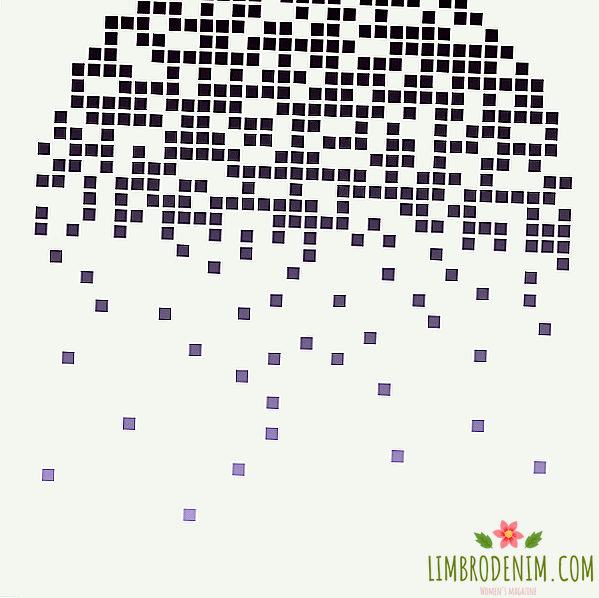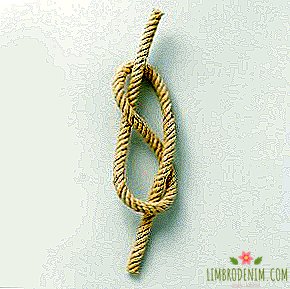Paleodieta: Should we eat like cavemen
While some go to the intuitive powerOthers still advocate a restrictive approach - for example, the “caveman’s diet,” or the paleo-diet. Her supporters say that the food that was available to cave people even before the development of agriculture was the most "natural" for humans. Adherents believe that our body is best adapted to this kind of food, because in the Paleolithic a large part of human history has passed, for at least two million years. We understand whether there is some truth.

How cavemen lived and what they ate
For a very long time, from two and a half million to ten thousand years ago, our ancestors ate only what they could catch, pick from a tree, or pick up from the ground — they were hunters and gatherers. These people ate meat, fish and insects, as well as fruits, vegetables and some nuts. At the same time, unlike us, cavemen did not eat cereal and legumes (at least regularly), milk, sugar, salt and butter — all this became available only with the advent of agriculture.
The amount of food was limited and could not be controlled. Therefore, the ancients lived in small groups and wandered - they moved to another place as soon as the food sources around were exhausted. The emergence of agriculture, the so-called agricultural revolution, was the beginning of the next period - the Neolithic. This greatly influenced the health and lifestyle of people, as shown by studies of the remains.
Settlement and agriculture at first had a negative impact on us. The abrupt transition to a new diet, where the base was cereal, led to the fact that people began to live less and get sick more often - problems with the cardiovascular system and type 2 diabetes began to arise; conditions such as anemia, rickets and osteoporosis appeared. The inhabitants of the early Neolithic were significantly lower than in the Paleolithic: the average height decreased by about ten centimeters and reached 165 cm in men and 155 cm in women. Only by the 20th century did the average height of people reach pre-neolithic.
Who and when invented the paleodiet
Of course, all these data forced scientists to ask themselves: since the agricultural revolution has brought so much harm to health, should we not return to the lifestyle of our predecessors? For the first time about the diet of cavemen as a way to prevent "disease of prosperity" (malignant tumors, diabetes, obesity) started talking in the seventies. Then the science of nutrition was in its infancy and many scientists tried to create a "perfect" diet and find the "perfect" combination of different foods. One of the first was a gastroenterologist, Walter Vegtlin, who wrote a book about the need for humanity to return to the diet of the ancestors.
In the eighties, another scientist, Boyd Eaton, released a list of nutritional recommendations based on the knowledge of the diet of ancient people living in East Africa. He recommended avoiding saturated fat, eating meat from animals grown under natural conditions, and also believed that the amount of food of animal and vegetable origin should be about the same.
Eaton's ideas were popularized by Dr. Loren Cordein, who in 2002 published a book about this method of nutrition as a way to weight loss and recovery. Cordein Paleo includes meat from animals that have been fed grass, poultry, seafood, eggs, as well as fruits and non-starchy vegetables; The author does not propose to limit calories. Such a system excludes dairy products, cereals and legumes, ready meals, salt and sugar (although three times a week non-paleo products are allowed). Cordein's work became very popular, and the researchers took to the paleodiet to see if it made sense.

Why the ideality of paleodety is a delusion
Anthropologists and experts in evolutionary biology criticize the paleodiet for oversimplifying the situation. For example, Marlene Zuk wrote the whole book “Paleophanasias: What evolution tells us about sex, nutrition, and how we lived”, where the problems of such a diet are described. She says that delusions begin already with the very ideas about evolution. To say that our genome is ideally adapted to hunting and gathering, it is impossible, because people, like any other living creatures, are constantly adapting to the environment. One example is the evolution of the lactase gene, that is, the enzyme necessary to digest milk. Our ancestors had this enzyme "turned off" after the breastfeeding period, because they did not have any dairy products. But about six thousand years ago, a mutation arose that allowed the enzyme to be active in the body of adults.
It raises questions and the statement that cavemen lived in complete harmony with nature, were completely healthy and led a heavenly lifestyle. Archaeological research shows that their average life expectancy was about thirty-five years. With health, everything is also difficult: indeed, due to chronic diseases and disorders associated with the way of eating, they rarely died. However, this can be explained by the fact that people died from attacks by predators or infections, just before they reach the age at which they could develop atherosclerosis or cancer.
Not all ancient people ate the same
It should be said that different products were available to different cavemen - it depended, of course, on the region where they lived. The nations that hunted and gathered were still there, and they are being actively studied - this also helps to understand how our ancestors lived. For example, in South African bushmen, about a third of the diet is the fruit of the Mongongo tree, and in the Papuans in New Guinea, food is based on a starchy sago palm. Australian aboriginal diets are for the most part animal products. In addition, our knowledge of the diet of ancient people is very limited: the found remains and works like rock art provide only a general picture. Even during the existence of a trend on paleodiet, some of the statements were challenged - for example, according to archaeologists, cereals could become part of the diet before the beginning of the Neolithic.
The popularity of paleo-nutrition reached a peak five years ago, and many nutritionists did not stand aside - they do not recommend it and follow the list of the worst fashionable diets. Doctors say that the limitations of whole food groups can lead to nutrient deficiencies and the need for support with vitamins and nutritional supplements. Refusal from whole grains and legumes is also unreasonable - their presence in the diet has a good effect on the health of the cardiovascular system and reduces the risk of developing type 2 diabetes. Increased consumption of red meat, by contrast, can be harmful: according to WHO, the risk of colorectal cancer increases by 17% with every 100 grams of red meat per day.

Is it possible to normalize weight and health on a paleodiet?
At the moment there is no convincing evidence that paleodiet effective for weight loss. In 2014, a study was conducted on obese women: compared to the classic diet recommended for weight loss, people dropped more kilograms on the paleo-diet - but the effectiveness disappeared after completing the course, and the weight partially returned. Regarding health, the authors noted that the paleo-diet was effective in controlling blood sugar and lipid levels. True, the publication specifically noted that it was in the paleodiet group that the participants had problems with complying with the prescriptions - which means that such a diet is not suitable for preventing diseases.
This combines paleo with other restrictive diets: complex rules and a narrow list of approved products lead to a lot of problems. Such a diet is difficult to follow, it is costly (especially in the case of organic products) and leads to isolation from society: it may be that the person invited for lunch and dinner, "nothing can be."
Some advantages can still be found in paleodietes: for example, recommendations for increasing the amount of fruits and vegetables in the diet and refusing semi-finished products are generally in line with what doctors say. People who follow paleodetes should cook more at home, which helps control, for example, the amount of salt and sugar. It is also important to understand that the question of how much any “more useful” diet is current is extremely individual. For a person whose diet consists entirely of ready-made products, sweet and soda and who do not eat fruits and vegetables at all, the paleodiet is likely to be useful. But it is much easier to follow the classic dietary recommendations: they are easier to follow and they provide a much larger choice of products.
Photo: Porechenskaya - stock.adobe.com, Pineapple studio - stock.adobe.com, New Africa - stock.adobe.com





